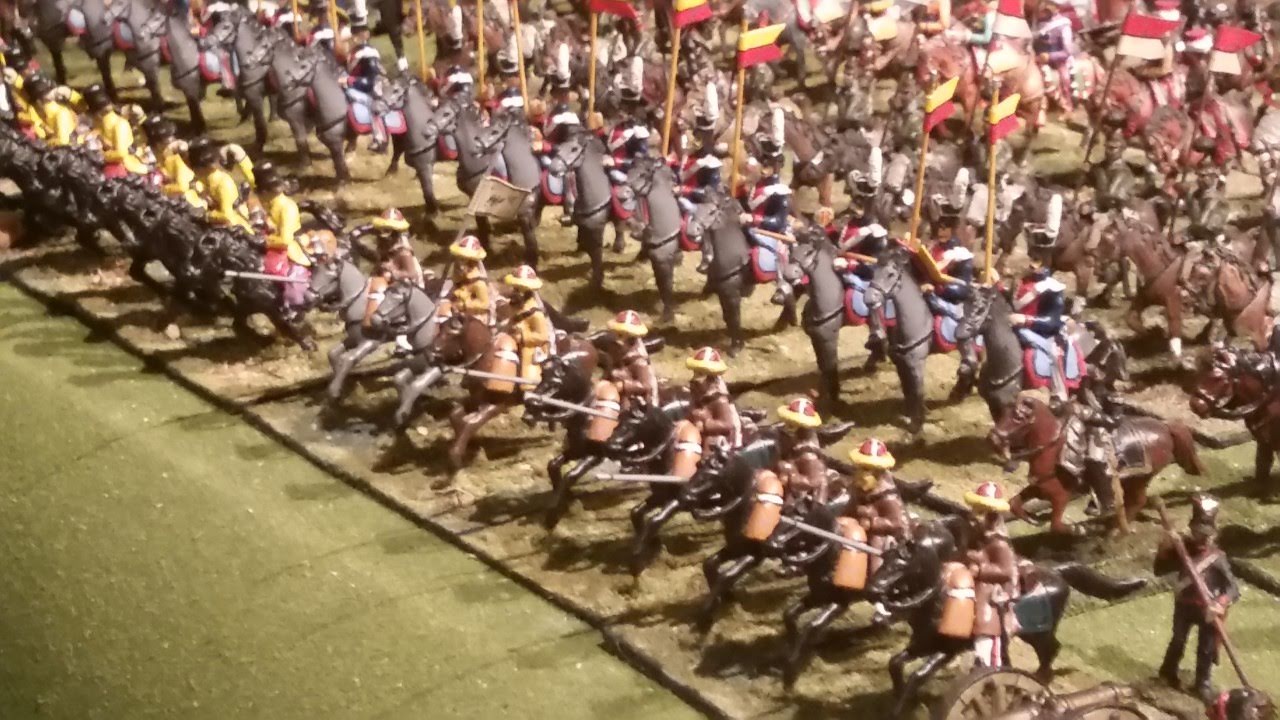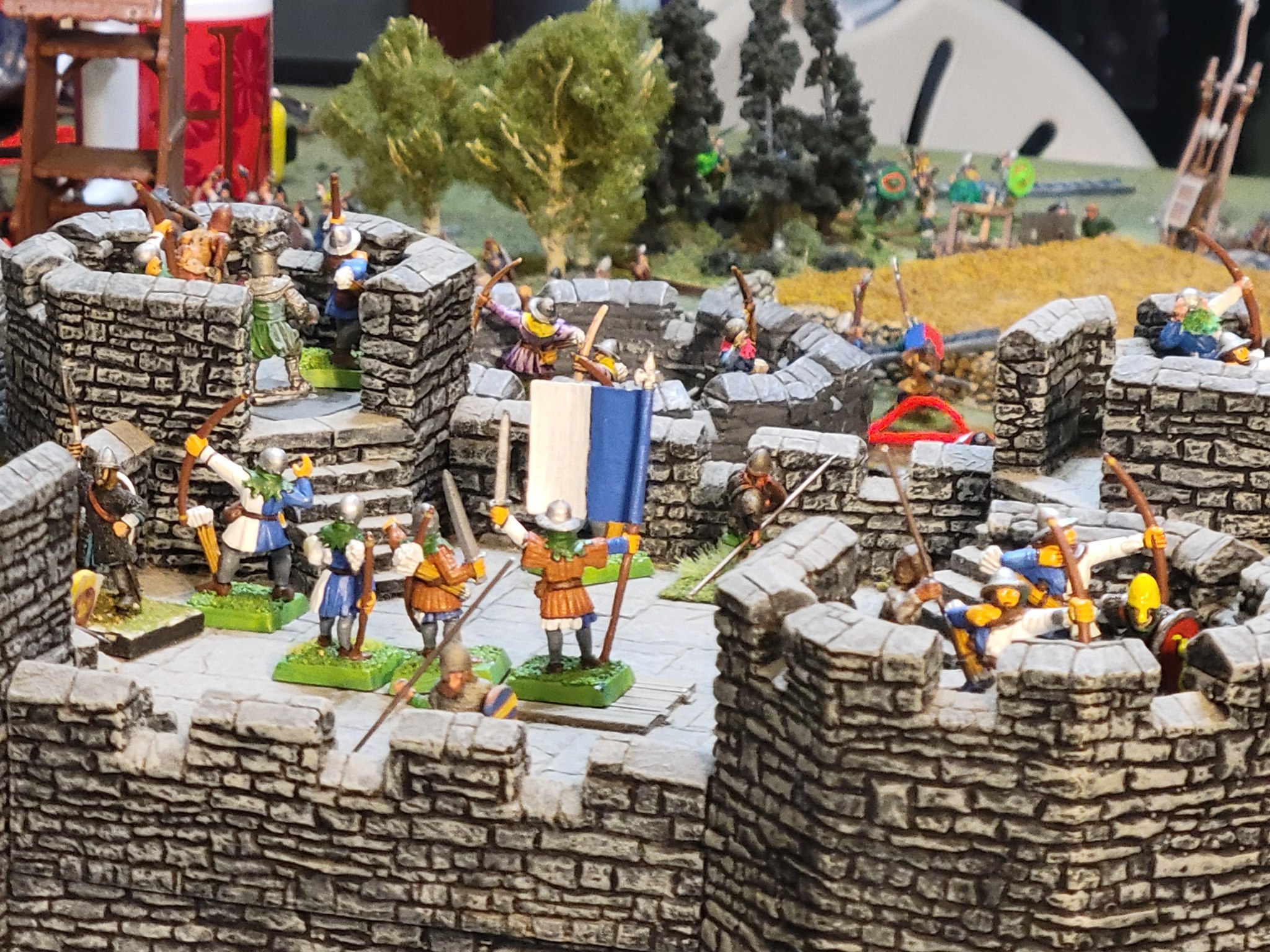Napoleonic wargaming focuses on simulating the battles and campaigns of the Napoleonic era, which occurred during the late 18th and early 19th centuries. This period is characterized by the military campaigns led by Napoleon Bonaparte and the European conflicts that shaped the era. Napoleonic wargaming allows players to experience the tactics, strategies, and challenges of warfare during this influential period. Here are some key aspects of Napoleonic wargaming:
Historical Period: Napoleonic wargaming covers the period from the French Revolution to the end of the Napoleonic Wars in 1815. It includes major battles such as Austerlitz, Waterloo, Borodino, and Leipzig. Napoleonic wargaming explores the military strategies, tactics, and conditions of the era, with a focus on the Napoleonic armies and their adversaries.
Factions: Napoleonic wargames involve various factions representing the major powers of the time, including France, Great Britain, Austria, Prussia, Russia, and other nations. Each faction has its own unique units, uniforms, and military doctrines. Players can choose to command the armies of Napoleon or opposing forces.
Units and Formations: Napoleonic wargames feature a variety of unit types, such as infantry, cavalry, and artillery. These units are often organized into larger formations like divisions, corps, and armies. Napoleonic tactics involved the coordination of different unit types and the use of combined arms, allowing players to plan and execute strategic maneuvers.
Line Infantry and Column Tactics: Napoleonic warfare was characterized by the use of line infantry formations, where soldiers stood shoulder-to-shoulder in long, narrow lines. Wargaming rules reflect the importance of maintaining formation, the use of volley fire, and the impact of musketry on the battlefield. Column formations and other tactical options are also commonly included.
Cavalry Charges and Skirmishing: Cavalry played a significant role in Napoleonic warfare. Wargaming in this period often includes rules for cavalry charges, with players commanding units of dragoons, hussars, and cuirassiers. Skirmishing tactics, employed by light infantry and light cavalry, are also a key aspect of Napoleonic wargaming.
Artillery and Siege Warfare: Artillery was a crucial element of Napoleonic warfare. Players must consider the positioning and use of cannons and howitzers, which played a role in softening enemy formations and fortifications. Rules may include the effects of artillery bombardment, siege warfare, and the use of siege engines.
Terrain and Battlefield Considerations: Napoleonic battles took place in diverse terrains, including open fields, forests, hills, and towns. Wargaming rules incorporate the impact of terrain on movement, cover, line of sight, and tactical decisions. Players must adapt their strategies to leverage the advantages or overcome the challenges presented by specific battlefield conditions.
Historical Scenarios and Campaigns: Napoleonic wargaming often provides historical scenarios and campaigns that allow players to reenact specific battles or military campaigns. These scenarios may include key moments such as the Battle of Trafalgar, the Peninsular War, or the invasion of Russia. Historical scenarios add a narrative context and challenges based on real-world events.
Napoleonic wargaming offers an opportunity to explore the strategies, tactics, and battles of a transformative era in military history. It allows players to experience the challenges faced by soldiers and commanders, engage with the dynamics of Napoleonic warfare, and make strategic decisions within historical contexts. The period provides a rich and captivating setting for wargaming enthusiasts interested in the Napoleonic era.
Shop Amazon for: Napoleonic Wargaming

Who Makes Napoleonic Wargaming Miniatures? | Rules for Napoleonic Wargaming
Back to: Horse and Musket Wargaming


